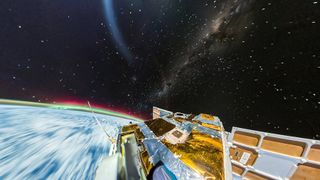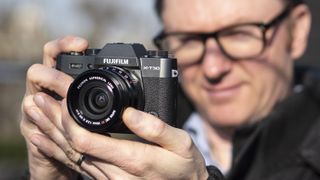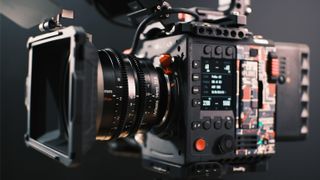January 16 2023 marked a monumental day for Insta360 as it propelled two of its 360 cameras beyond the Earth's atmosphere, 300 miles (500km) into space. Two modified Insta 360 One X2 cameras were attached to a satellite and launched into orbit to test the limits of the company’s camera systems and send photos of the earth, the satelite and the stars back.
Insta360 has somewhat of a history with unusual camera missions; in 2022, an Insta360 One RS was mounted on an eagle by falconry expert Paul Kilma and earlier this year, Karman Space attached an Insta360 X3 to its Eclipse weather balloon, sending it 86,000 feet into the stratosphere. Now, the Insta360 X2 has boldly gone where no 360 action camera has ever gone before and the images it's produced are quite literally out of this world.
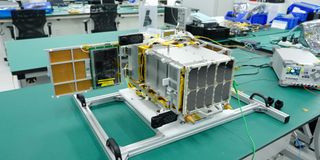
Collaborating with Media Storm and SAR satellite company Spacety, Insta360 embarked on this ambitious project in July 2021. A year-long journey ensued, involving extensive modifications to the action cameras, with six months dedicated to research and development. Originally poised for a 2022 launch, the project faced delays due to the global pandemic but the perseverance paid off as the Insta360 X2 cameras soared to new heights one year later.
Preparing the Insta360 X2 for the harsh space environment was no small feat. Exposed to extreme temperatures ranging from -70°C to 50°C every 90 minutes as it orbits the Earth, the camera needed to be resilient to heat, cold, radiation, and the physical stress of rocket launches.
Engineers meticulously modified the camera's lens, motherboard, and more to withstand the harsh conditions of space. To simulate the challenges of space, they conducted thousands of tests, including exposure to high and low temperatures, vacuum conditions, and radiation testing. Addressing issues such as system crashes in low-temperature environments, radiation impact on glue, and vacuum-induced pressure changes, the team fortified the Insta360 X2 with 7000 series aviation-grade aluminum, comprehensive plastic and glue testing, and a protective layer of gold foil.
Once the camera was space-ready, it was connected to the satellite through a USB Ethernet port for transmission. Spacety provided a communication network to retrieve the stunning footage, and the cameras, programmed to operate for two years, will eventually burn up in space after completing their mission.
The success of this project not only demonstrates the technical prowess of Insta360 but also exemplifies the company's determination to create products that can endure extreme conditions. The Insta360 X2's journey into space is not just a milestone; it's a testament to the limitless possibilities of innovation. Perhaps this is just the start of Insta 360's journey into unchartered territories and who knows where they could end up next...
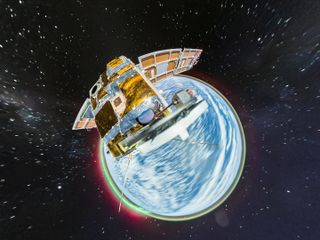
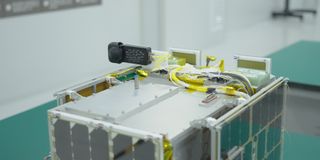
Why not also check out the best action cameras if you don't love the look of 360 cameras
